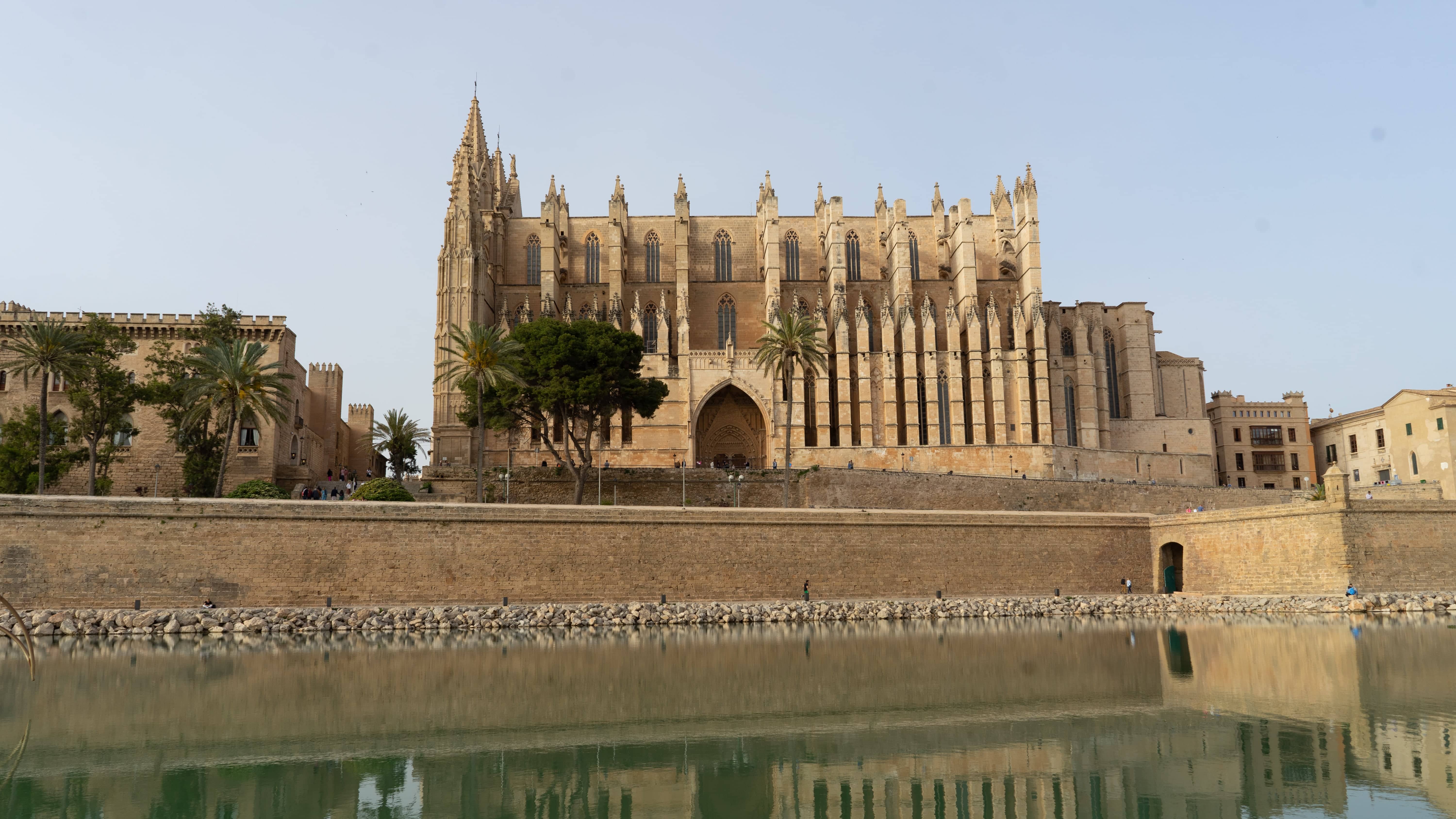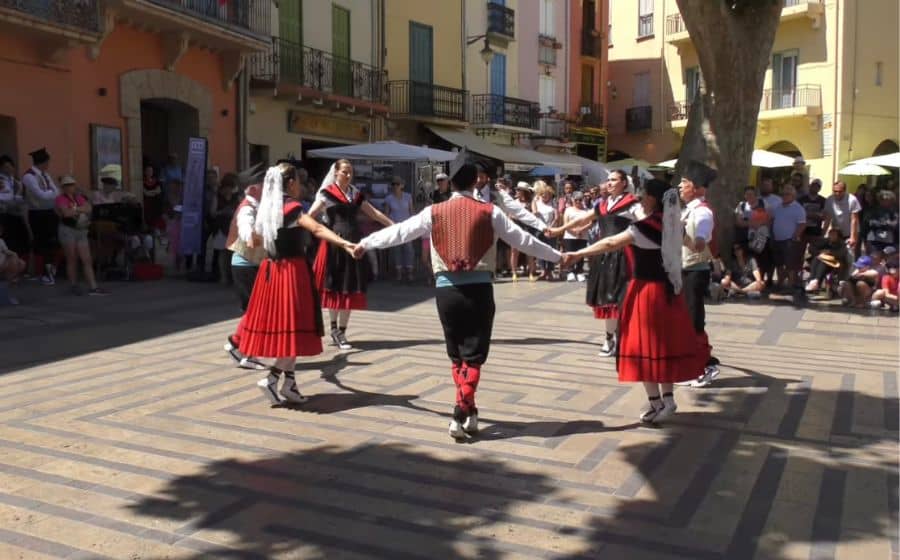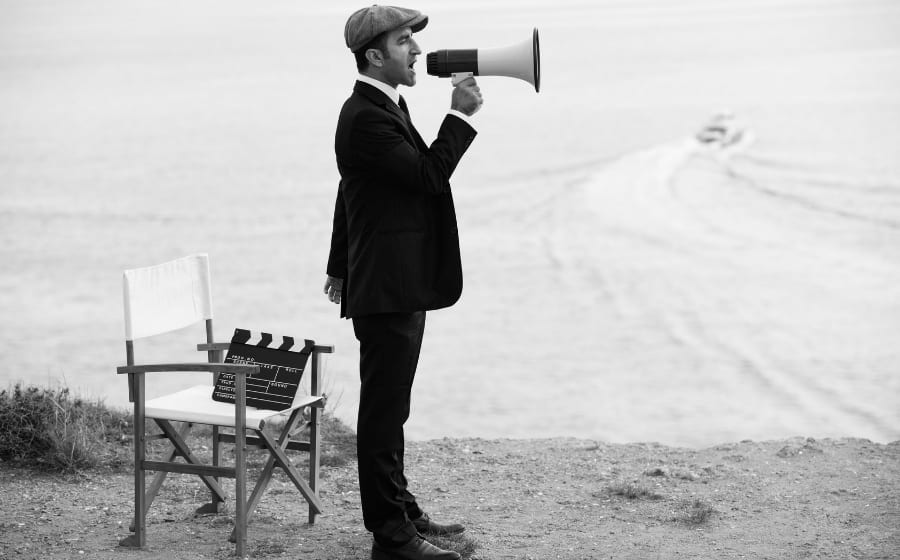The Best of Art in Spain for Beginners (4 Key Disciples)
December 8, 2022
Win a FREE Trip to Spain!
Exciting Announcement! For the first time, we're thrilled to offer exclusive trips to the heart of Spain - an experience like no other. This isn't your typical tourist journey; it's a unique opportunity to immerse yourself in authentic Spanish culture, alongside real locals and our passionate team.
But there's more! Simply by requesting information about this amazing trip, you'll be entered into a special draw to win a Fully Paid Trip to Spain for Two. And that's not all - everyone who inquires will receive an exclusive bonus gift, valued at $500, available only now.
Ready to Discover the Real Spain?Click Here ↑ to Request Information & Enter the Draw!
You might wonder why the title says “four key disciplines” what key disciplines does art have? Isn’t it mainly painting?
Well, no. Art embraces many things, but at the same time, they all have something in common. Whatever form the artist chooses to present their art usually causes awe, reflections that trigger emotions and make your head tilt while your hands go behind your back. I am right, aren’t I? We all experience a similar reaction when we stand in front of a piece of art.
The thing is, we don’t all appreciate the same art as well as not all artist work in the same field. Some of us will be moved by the sound of the Spanish guitar during a tablao, others by the beauty of a building, and other (including myself) by the honesty of a painting.
So, at the end of this article, you’ll have a complete snapshot of Spanish art. You’ll learn the basics of sculpture, literature, architecture, and music. Ready to initiate your journey?

Table of Contents ▼ ▶
Brief History of Spanish Art
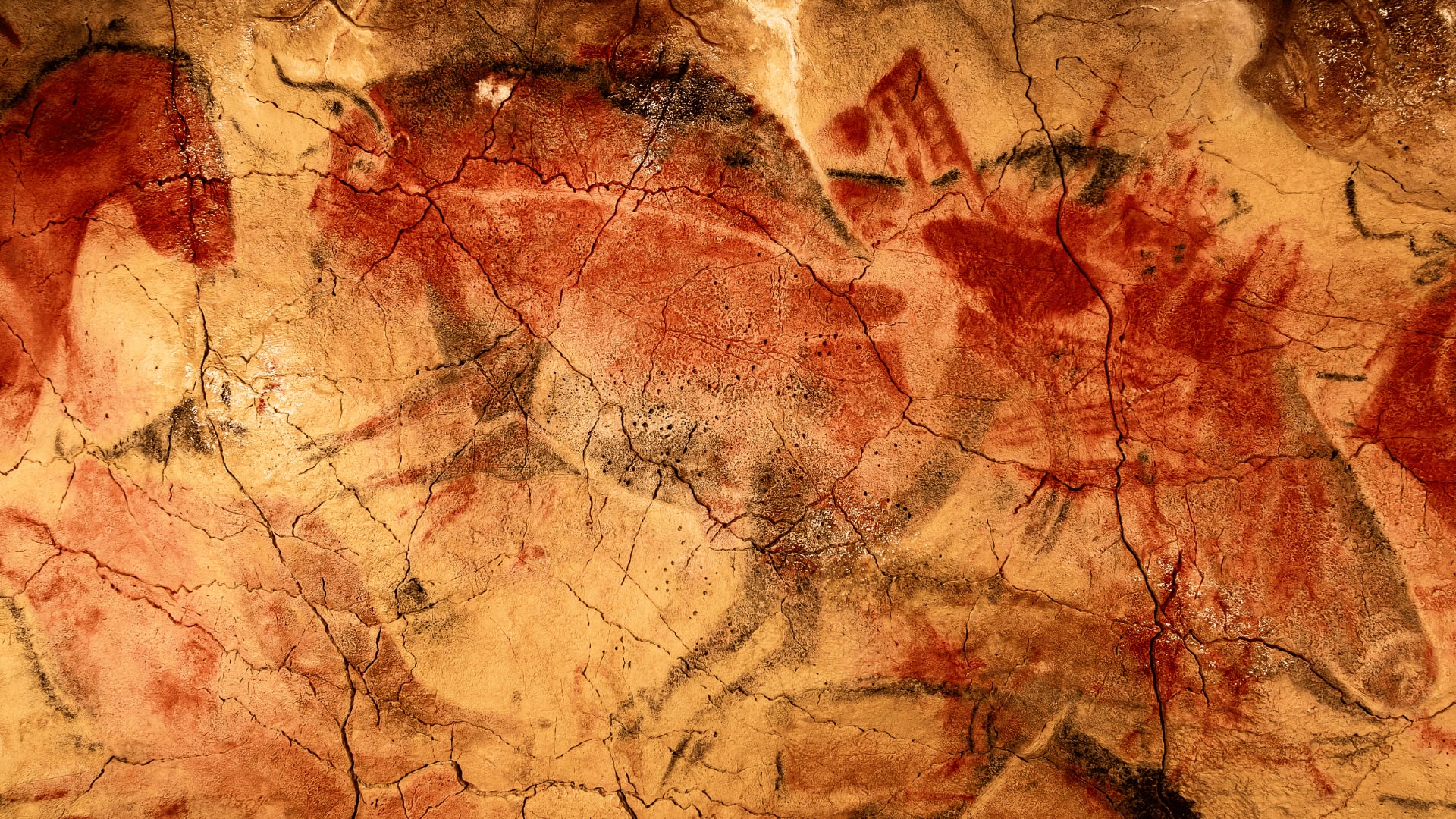
“Art” comes from the Latin word “ars,” which means skill or craft. Through centuries, it has been hard to define " art, " but the debated meaning usually falls into three categories: representation, expression, and form. The first category is about imitating reality, or as would Plato would say, “mimesis”; the first generations of artists would be judged upon their abilities to copy reality. Then, we have expression, when artists seek to connect with the audience to awaken emotions; the third category would be formal, referring to formal qualities to achieve an aesthetic result.
You can identify these three categories in the disciplines below, especially painting. And will get to that after giving you a brief of the history of Spanish art.
So, to understand the history of Spanish art is essential to know the seven most important periods. Again I will mention the basics of each one, but if you want to know them in more depth, go to the link below!
The Amazing History of Spanish Art and Its Influential Periods
The history of art begins when people found the tools to record their lives and express themselves. Before the Roman Empire conquered the Iberian peninsula, the lands have inhabited by native Iberians who found in art the possibility to represent who they were. Iberian natives occupied the territory from 1,000 BC to 1 AD and developed a religious, artistic style later expressed in their pottery and cave paintings. The most distinguished pieces from this period are the Altamira Cave, the Lady of Elche, and the Bicha of Balazote. The cave and the two sculptures represent how they lived and what they believed in; for instance, the Bicha of Balazote was a funerary ornament meant to protect the dead.
Then came the Romans, and impressive architecture, urban development, and innovative engineering came with them. We have a particular article just on Roman cities:
The Celtics adapted to the romanized society of Iberia, and there is not much left of that period. Nevertheless, the following conquerors influenced immensely in Spain’s art until today. Al-Andalus (the name of Spain under Muslim rule) had over 700 years to develop a unique art style. This civilization left impressive buildings, manuscripts, music, and tapestry. Muslim and Mozarabic art is heavily rooted in many of the Southern Spanish cities, and the most important expressions of their craft are their architecture with The Great Mosque of Cordoba, the Alhambra, the Mosque Cristo de Luz, and several alcazabas.
The Romanesque and Gothic art periods influenced the design of churches in Spain. The difference between the first period and the second one is the building’s elaboration, light, and height. Then came the Golden Age, and a recognized Spanish Golden Age artist is “El Greco.”
The Golden Age transitioned to the Baroque period, in which Diego Velazquez became a recognized portrait artist for the royal family. He revolutionized the concept of portraits with “Las Meninas.”
During the 18th and 19th, Romanticism and Neoclassicism took over with great painters like Francisco Goya. Finally, the artist wanted to express or create an aesthetically pleasant painting through Modernity.
Many iconic paintings were produced during all those years, and many are found in Spain! Here you have a complete list of the Must-See paintings in Spain:
9 Remarkable Paintings in Spain Considered Real Master Pieces
Spanish Sculpture

The sculpture is the artistic discipline in which the artist transforms the material into three-dimensional objects. Remember what I explained about the categories?
“One of the most important of these is representation. Before the 20th century, the sculpture was considered representational art. Sculpture imitated life forms, often human figures, but also inanimate objects, such as games, utensils, and books. Since the turn of the 20th century, however, the sculpture has also included nonrepresentational forms” -Britannica
My two favorites from the list above are Fallen Angel and Chillida Park. However, one sculpture is not listed in the article but is one of the most visited landmarks in San Sebastian. Eduardo Chillida was a Spanish, modern sculptor who created the “Peine del Viento” or The Wind Comb. It is a collection of three steel sculptures positioned in the foothills of Monte Igueldo at the western end of “La Concha.”
These sculptures blend with nature, following the concept that the wind (something you can’t grasp) is being combed. It is also impressive to see how the waves hit clash with the “Peine.”
Spanish Literature
There is quite a lot to read in Spanish literature, which is why we created different articles for anyone interested in a specific part of this discipline; check them out!
Spanish Literature: Its History, the Classics, and The 3 Nober Winners
The 7 Best Spanish Books That Will Take You In Different Adventures
7 Books about Spain That Will Make a Cultural Expert Out of You
Top 9 Spanish Writers That Speak from their Hearts - 5 Nobels!
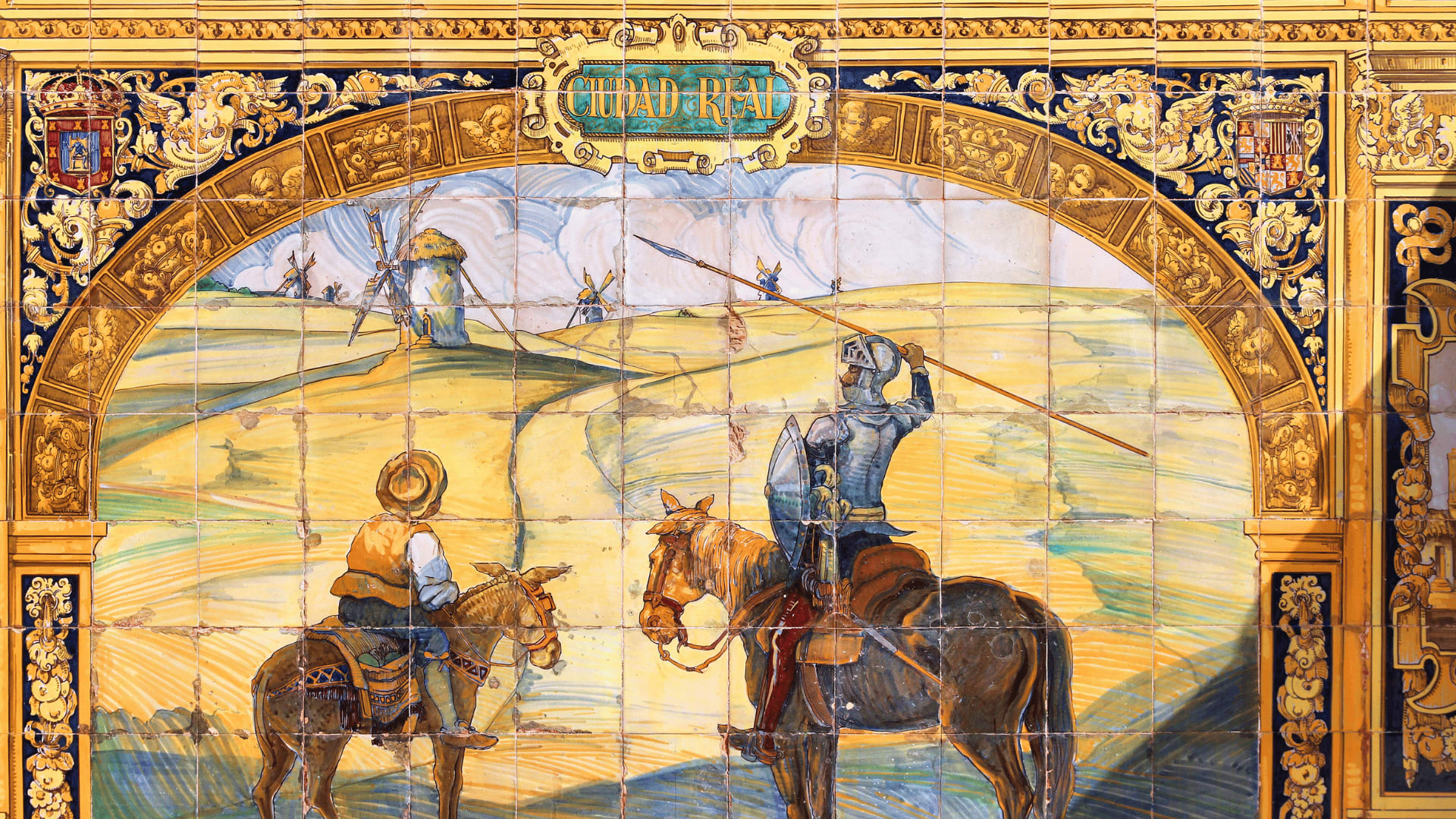
So, what should you know about Spanish literature? One of the first works of Spanish literature is “Cantar del Mío Cid,” or Poem of the Cid, which tells the deeds of the Spanish knight, Rodrigo Díaz de Vivar. Then, the 15th century came as a bridge between the Middle Ages and the Renaissance and brought Castilian poet Jorge Manrique with it; one of his most famous pieces is Poem of the Death of My Father. Another writer of this time was Fernando de Rojas, known by his text “La Celestina” (see in 1).
Then, we move on to the 16th century, marked by the natural and supernatural division. An important author from this time is Fray Luis de León, who coined the phrase “As we were saying yesterday…” after some years of being unfairly in prison. The transition to the 17th century saw the origin of the picaresque style with a rogue main character. An example of this is the book “Lazarillo de Tormes.” The same century was dominated by the Baroque style (also present in painting), which contrasted the optimism of the Renaissance with skepticism and pessimism. Here Spain has three four primary authors in three categories: novel, poetry, and drama. The father of the modern novel was Miguel de Cervantes with Don Quixote, and Lope de Vega was responsible for revitalizing Spanish drama. Then, poetry was dominated by two styles: “culteranismo” led by Góngora, and “conceptismo,” directed by Quevedo.
The 18th century came with the Bourbon Dynasty and enlightenment ideas; in reaction to this, the 19th century saw the emergence of Romanticism which contrasted rationalism with emotion. In the same century, Spain literature experienced naturalism and realism, which sought the objective representation of reality. Their major representative was Benito Perez Galdós with his book National Episodes.
Towards the end of the 19th century, literature changed to a modern style that searched for form and beauty. The Generation of ‘98 was the head of this style, and they sought to renew Spanish society. A similar phenomenon happened in 1927 with the Generation of ‘27; a group of authors like Federico García Lorca desired to experience new forms of poetry.
The 20th century had a variety of styles, from Surrealism, Post-war, Social Realism, and Experimentalism.
Spanish Music
I think most of humanity agrees that our emotions would be stuck entirely without music. Why? Because a good melody and fantastic lyrics have the power to touch many hearts at the same time, and all we need to do is listen.
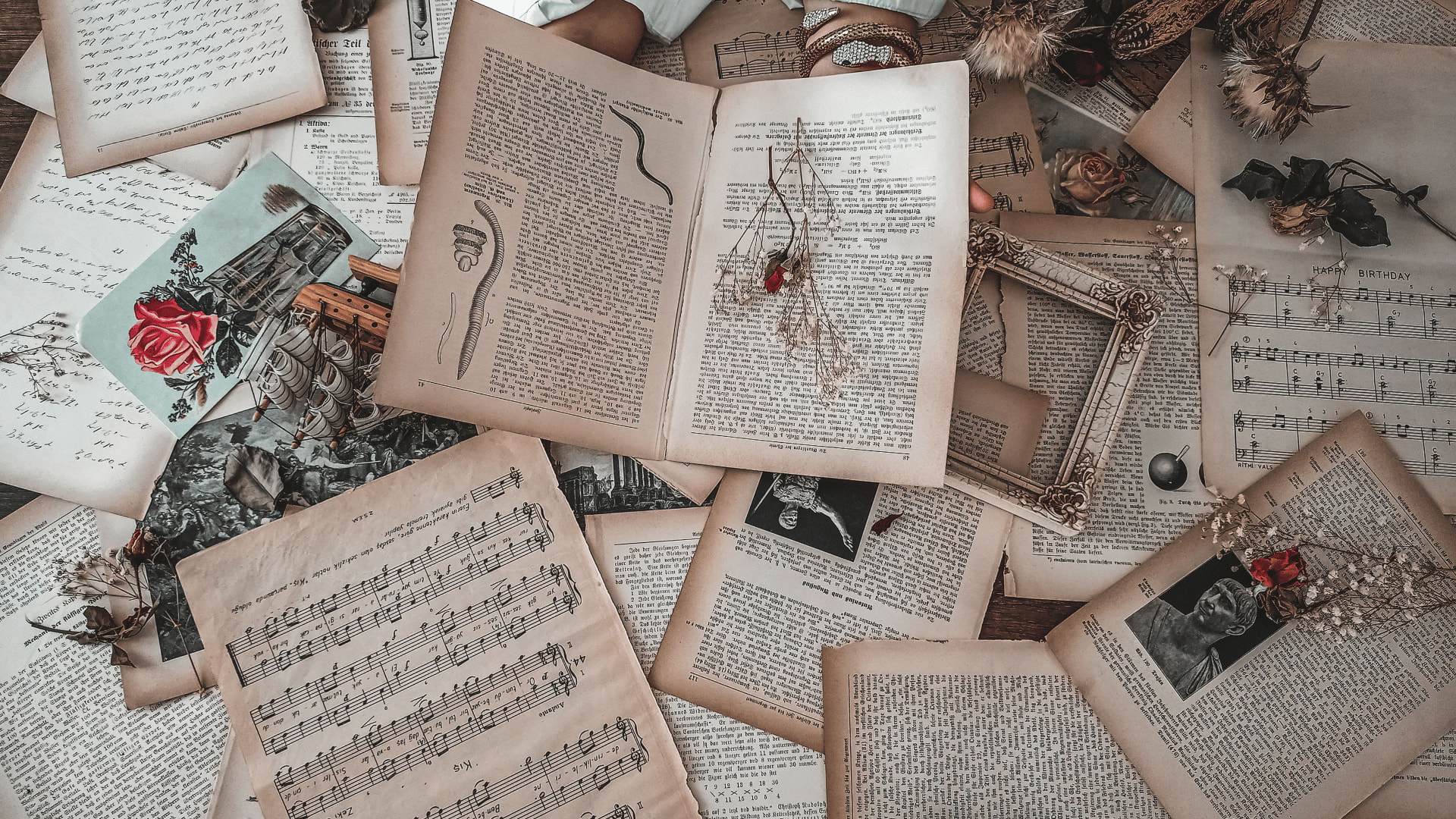
We have created four different articles on Spanish history, instruments, songs, and singers. But, in a snapshot, here is all you need to know about Spanish music:
Music of Spain: A Complete Tour of its Amazing History and More
The One and Only Spanish Guitar: Its Beautiful and Different Sound
8 Spanish Instruments That You Will Want To Listen Now
11 Most Popular Spanish Songs According to Billboard and Youtube
Spaniards are fond of the guitar, especially in the Flamenco genre, for which four additional instruments have been incorporated to increase the power of the song. Have you ever heard of the castanets? I will leave you a video to enjoy!

On top of that, Spain has five more traditional instruments unique to its region. These are the Spanish guitar, the trikitixa, the txistu, the timple, and the bandurria.
Music is an art, and we encourage you to immerse yourself in ours!
Spanish Architecture
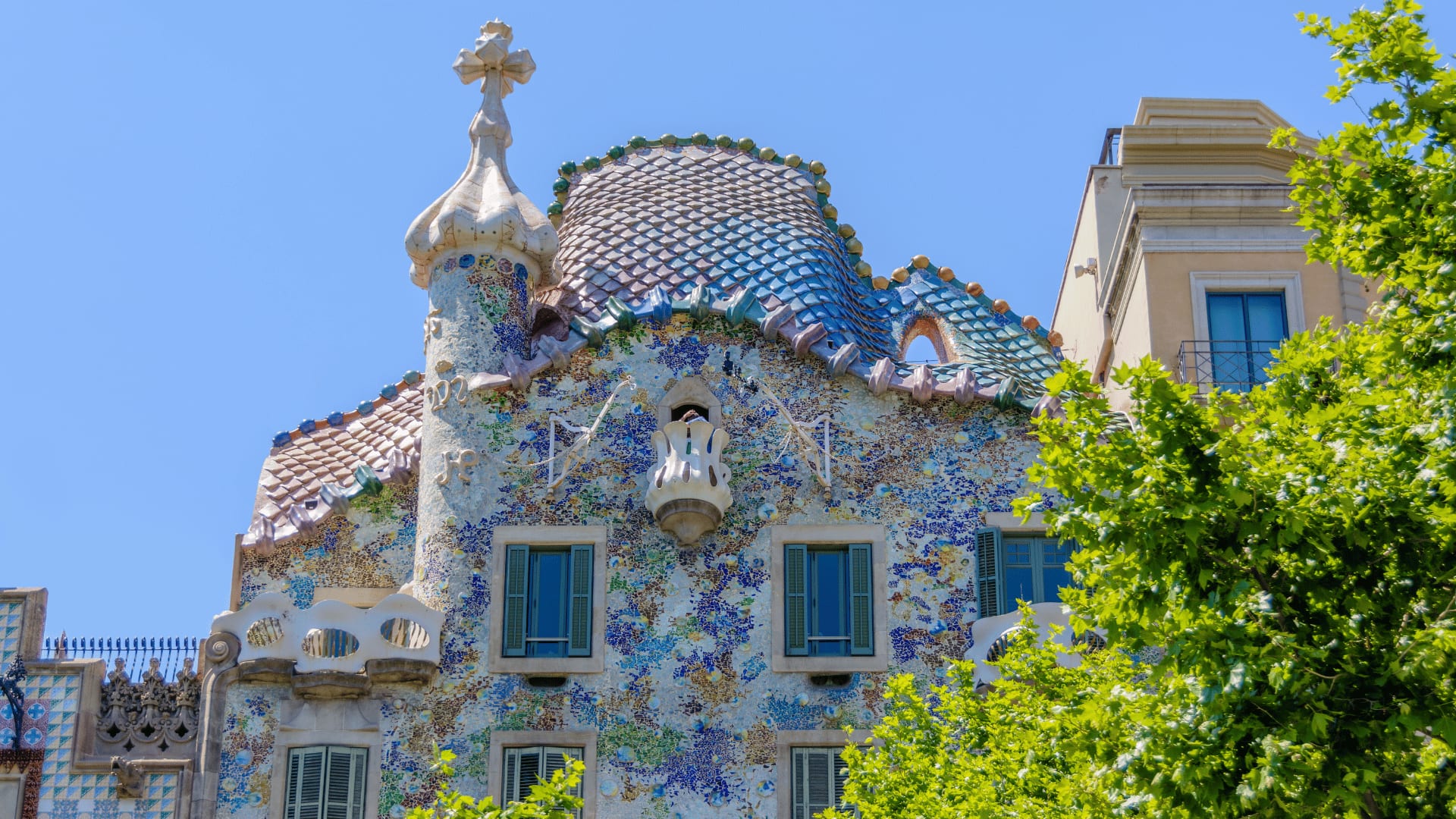
Architecture is everywhere! Some would say it is the more functional of the arts, and just like most countries around the world, the information on Spanish architecture is very extensive.
From the Classical period to Modernism, Spain has preserved many historical buildings for the world to see. For example, if you visit the city of Merida in Extremadura, you’ll see the impressive Roman Theater left behind more than a thousand years ago. Visit the country’s south to experience Hispano-Muslim architecture like the Alhambra. Appreciating the interior decoration, the horseshoe arches, and the wall scripted in Arabic is essential.
Another beautiful architectural style is Gothic, and the most impressive building from this period is the Cathedral of Leon (Castile Leon). It is not the biggest gothic cathedral in Spain, that would be the one in Sevilla, but it is a perfect example of the vertical and luminous characteristics representing heavenly ascension.
Remember when we talked about imitation? That was the objective of Neoclassicist architecture, to imitate the classics. Two examples are the House of Parliament and the Prado Museum in Madrid.
These are only a few examples of the rich architectural history that hides in Spain. If you want more specific details, especially on Spanish architect’s and modernist buildings, check out the links below!
3 Museums in Madrid You Didn’t Know
Museo Cerralbo
Have you ever wondered how people lived in the 19th century? The comforts and discomforts, the luxuries of the time, and what they considered valuable. You can find it out by visiting the Cerralbo Museum in Madrid.
Enrique de Aguilera y Gamboa was the 17th Marques of Cerralbo who left a valuable collection of art and archeological pieces as a legacy for the next generations. In his testament, he expressed that his palace and decoration inside should go to the Spanish Government, which turned it into a museum for everyone to enjoy.
| Street | Calle Venture Rodriguez, 17 |
|---|---|
| Price | 1.5- 3 € |
| Opening hours | Tuesday to Saturday: 9:30 - 15:00h /Thursday afternoon: 17:00 - 20:00h /Sundays: 10:00 - 15:00h |
| Metro Stations | Ventura Rodríguez (L3), Plaza de España (L3 y L10), Noviciado (L2) y Príncipe Pío (L6 y L10). |
| Bus Lines | 1, 2, 3, 44, 46, 74, 75, 133, 147, 148, C1, C2. |
- Heads up! Sundays and Thursday afternoons are free!
Museo Sorolla
The Casa-Museo Sorolla was the home of the impressionist master Joaquín Sorolla, who left behind his legacy in a space where people would experience art in the same place he created part of it.
| Street | Paseo del General Martínez, 37 |
|---|---|
| Price | 1.5- 3 € |
| Opening hours | Tuesday to Saturday: 9:30 - 20:00h Sundays: 10:00 - 15:00h |
| Metro Stations | Gregorio Marañon (L7, L10), Iglesia (L1), Rubén Darío (L5) |
| Bus Lines | 5, 7, 14, 16, 27, 40, 45, 61, 147, 150, N1, N22, N24 |
- Free days are on Saturdays past 15:30h and Sundays!
Museo del Romanticismo
Remember when we talked about Romanticism? Well, this art movement was all about emotions. It was the reaction to Classicism which was about imitating the Classics Greeks following strict lines and two-dimensional forms. Romanticism was about focusing on shadows and lights to accentuate emotions.
Goya is the best representative of this period, check him and 8 more masters right here!
Famous Spanish Painters: The 9 Old (& Modern) Masters of Art
9 Remarkable Paintings in Spain Considered Real Master Pieces
| Street | Calle San Mateo, 13 |
|---|---|
| Price | 1.5- 3 € |
| Opening hours | Tuesday to Saturday: de 9:30 - 20:30h. Sundays: de 10:00 - 15:00h |
| Metro Stations | Alonso Martínez (L4, L5, L10) Tribunal (L1, L10) |
| Bus Lines | 3, 37, 40 y 149. |
- If you visit the museum on Saturdays past 14:00h, is free!!!
Okay… I wouldn’t call this a snapshot; this is an essential but complete guide to Spanish art. Now you have all the information you need on the main disciplines of art in Spain and multiple articles to create an artsy to-do list for your next trip!



